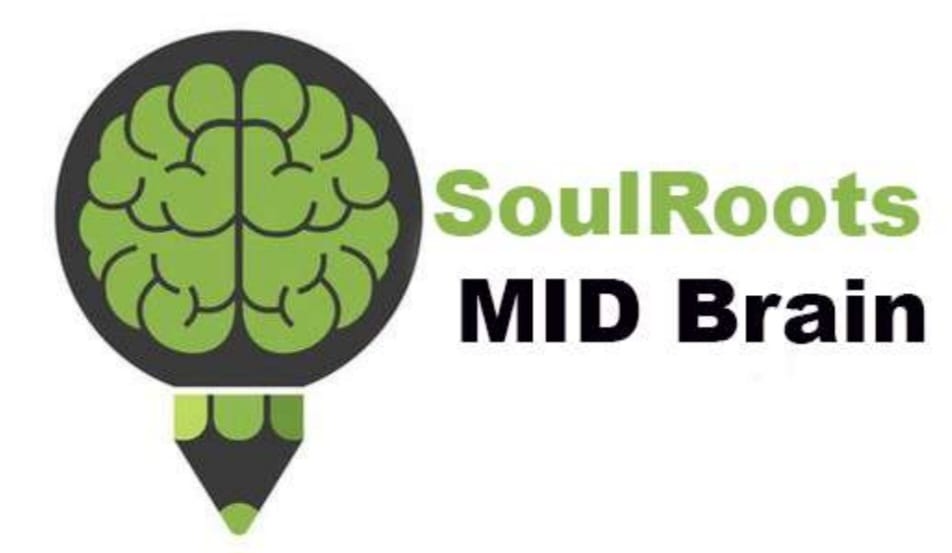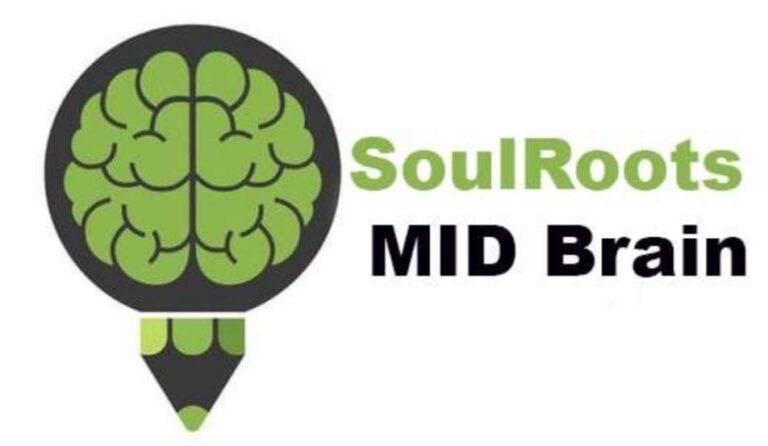Somatoform disorders are an important aspect of mental health that require more attention and understanding. They involve persistent physical symptoms that seem to have no identifiable medical cause. For those affected, these disorders can significantly alter daily lives, causing distress and confusion for both the individual and their loved ones.
Defining Somatoform Disorders: Types and Causes
To define somatoform disorder, it refers to mental health conditions where a person feels physical pain or symptoms, yet no medical condition explains these symptoms.
Various types of somatoform disorders exist, including:
Somatic symptom disorder, where individuals experience one or more chronic bodily symptoms.
Undifferentiated somatoform disorder, a general classification when specific symptoms don’t fit into other categories.
Potential causes could be a mix of genetic, psychological, and environmental factors, though pinpointing exact causes can be challenging. Social stressors and personal history can also play a role in developing this somatic disorder.
Signs, Symptoms, and Daily Life Impact
These disorders often manifest in a variety of ways.
Common signs include continuous pain, fatigue, or shortness of breath — symptoms not tied to any medical condition.
These can interfere with daily life, leading to frustration and emotional distress.
Social relationships and professional duties may suffer as individuals may find it hard to cope.
To manage these challenges, focus on small, daily goals.
Integrating self-care habits like regular exercise and stress reduction techniques can improve overall wellbeing.
Diagnosis and Treatment: Strategies for Improvement
Diagnosing somatoform disorders often involves comprehensive psychological evaluations. Health professionals may use the DSM-5 criteria to ensure accurate diagnoses.
Treatment usually combines therapeutic methods, such as cognitive behavioral therapy, which helps in changing the thought patterns that contribute to the symptoms. Medications might be prescribed for associated anxiety or depression. The role of understanding and support from friends and family cannot be overstated; it helps the individual feel less isolated.
Other ways to address these disorders include:
- Engaging in supportive therapy sessions
- Exploring holistic approaches like yoga or meditation
- Foster open communication within personal and professional circles
Living with Somatoform Disorders: Achieving a Balanced Life
Many have successfully managed these disorders through various strategies. For instance, regular therapist visits and engaging in community support groups prove to be helpful. Effective self-care is crucial, with a strong emphasis on maintaining a positive mindset and seeking support when necessary. Working with health professionals allows individuals to take a patient-centric approach to treatment, leading to a more balanced life.
Seeking Solutions: How to Help and Find Help?
Supporting those with somatoform disorders involves teaching empathy and patience. If you know someone struggling, encourage them to explore platforms like ‘Soulroots.’ This community is dedicated to offering supportive resources and connections, fostering a space where individuals don’t feel alone.
Soulroots acts as a hub for understanding and addressing these conditions through shared experiences and professional insights. It focuses on personal growth and long-term solutions that enhance quality of life. Achieving improvement requires mutual effort and dedication to understanding these frequently misunderstood disorders.



